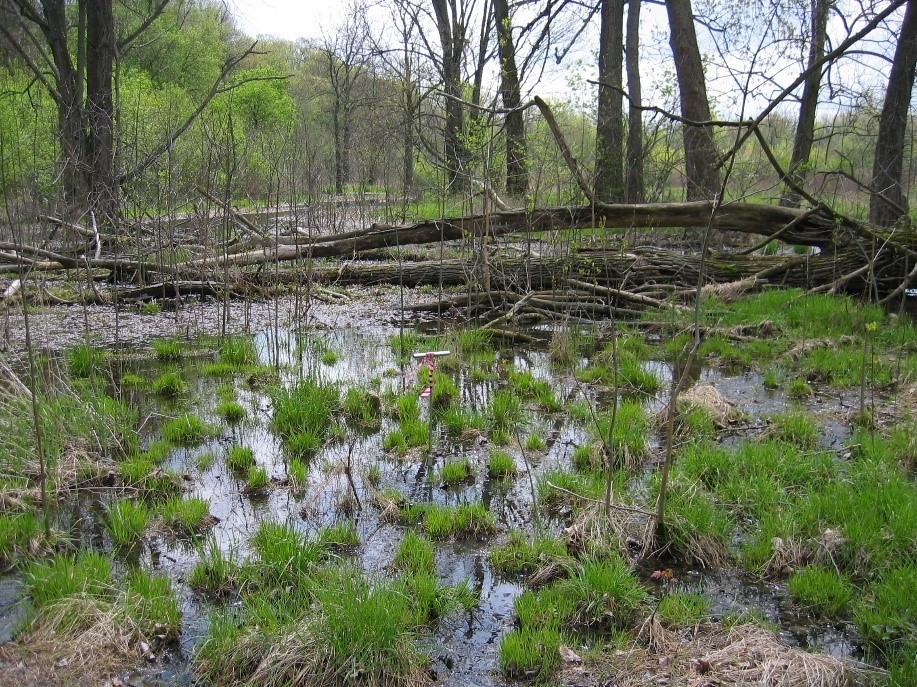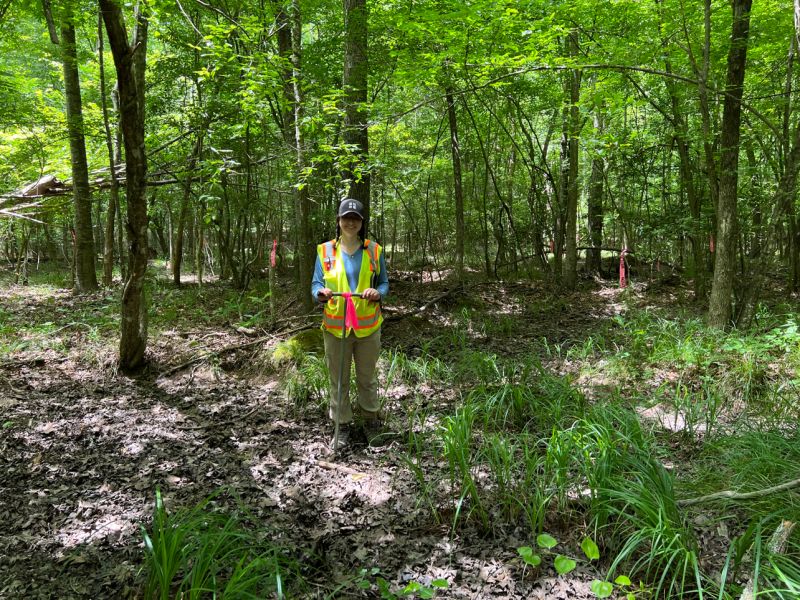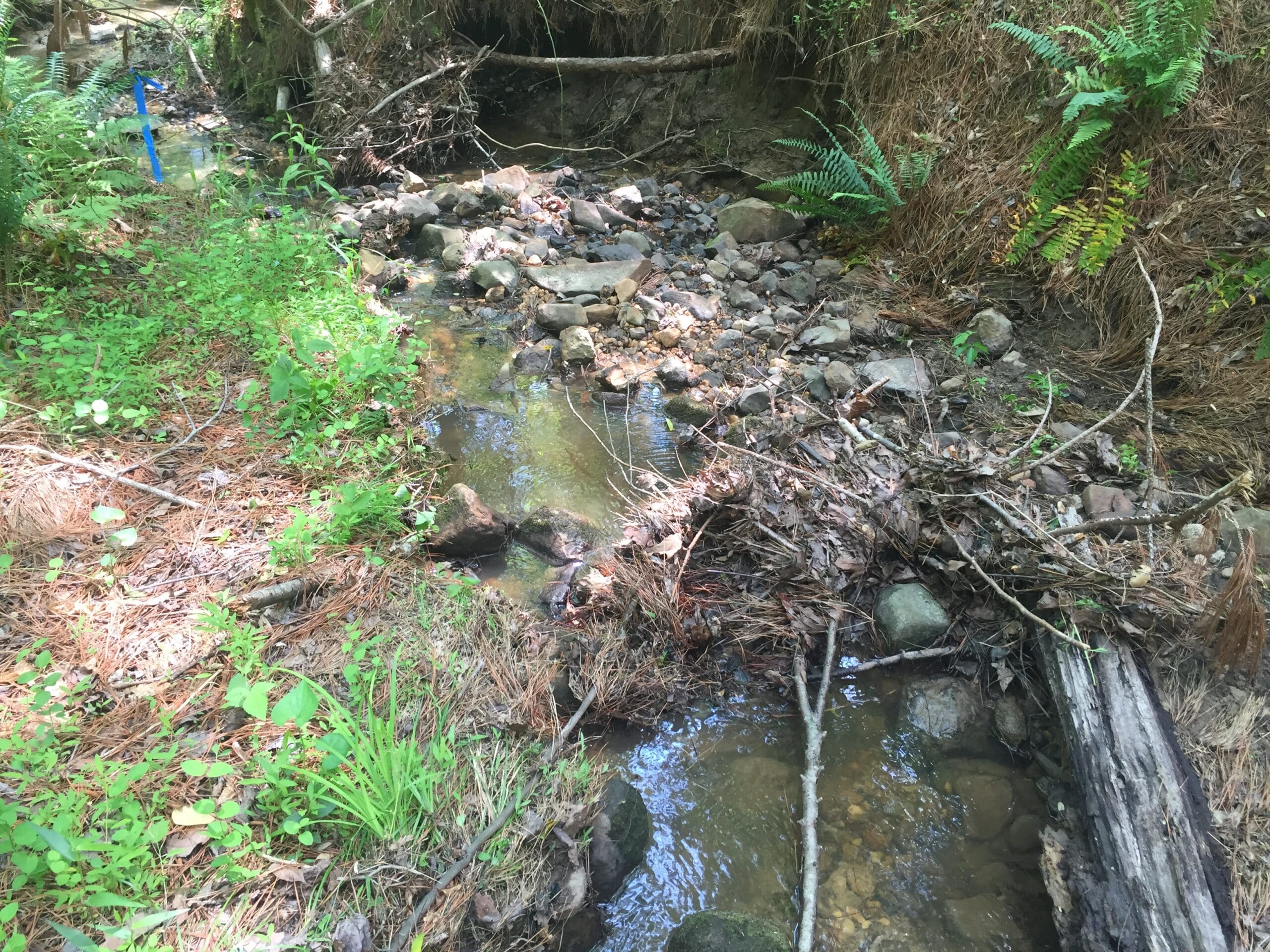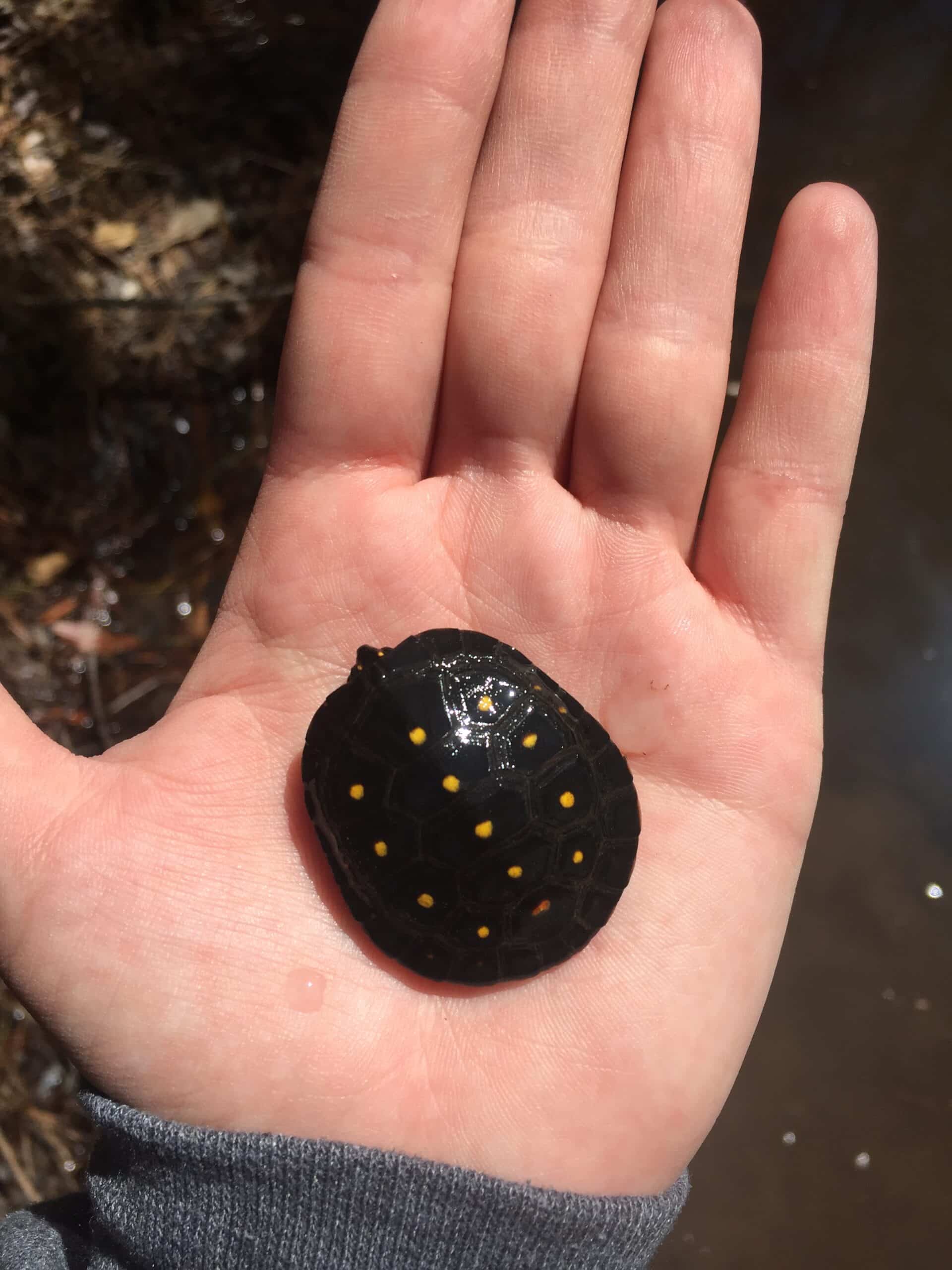May 17, 2023
American Wetlands Month
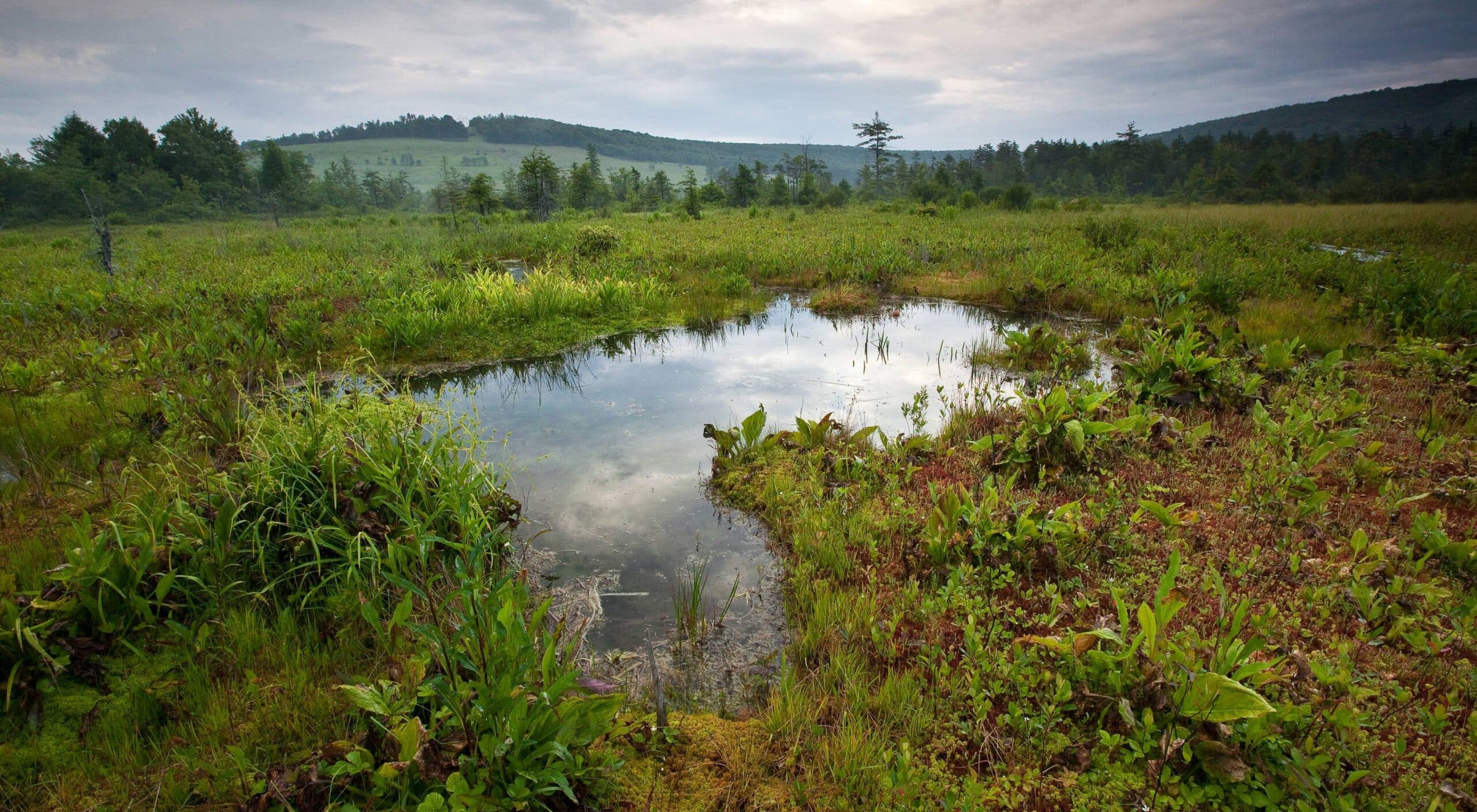 Wetlands are vital ecosystems that provide ecological benefits such as water purification, flood control, and habitat for a variety of plant and animal species. Wetlands regulation in the United States is governed by a complex web of federal and state laws designed to protect these vital ecosystems. The CWA, NEPA, and state wetland protection laws all work together to ensure the preservation of wetlands and their numerous ecological benefits.
Wetlands are vital ecosystems that provide ecological benefits such as water purification, flood control, and habitat for a variety of plant and animal species. Wetlands regulation in the United States is governed by a complex web of federal and state laws designed to protect these vital ecosystems. The CWA, NEPA, and state wetland protection laws all work together to ensure the preservation of wetlands and their numerous ecological benefits.
Legislation
Clean Water Act
The Clean Water Act (CWA) is the primary federal law governing wetlands regulation in the US. The CWA was enacted in 1972 to protect the nation’s water resources and prevent pollution. Section 404 of the CWA authorizes the US Army Corps of Engineers (USACE) to regulate the discharge of dredged or fill material into waters of the United States, including wetlands. Section 404 permits are required for any activity that involves the discharge of dredged or fill material into wetlands, including construction of buildings, roads, and other infrastructure.
The USACE evaluates permit applications to determine if the proposed activity will adversely impact wetlands. The USACE uses a three-part test, called the “Migratory Bird Rule,” to evaluate the impact of proposed activities on wetlands. The Migratory Bird Rule considers the type and amount of wetland impacted, the proximity of the wetland to other wetlands and water bodies, and the availability of suitable replacement wetlands.
National Environmental Policy Act (NEPA)
In addition to the CWA, wetlands are also regulated by the National Environmental Policy Act (NEPA), which requires federal agencies to consider the environmental impact of their actions. NEPA requires federal agencies to prepare environmental assessments or environmental impact statements for actions that may have a significant impact on the environment, including wetlands.
Wetland Delineation
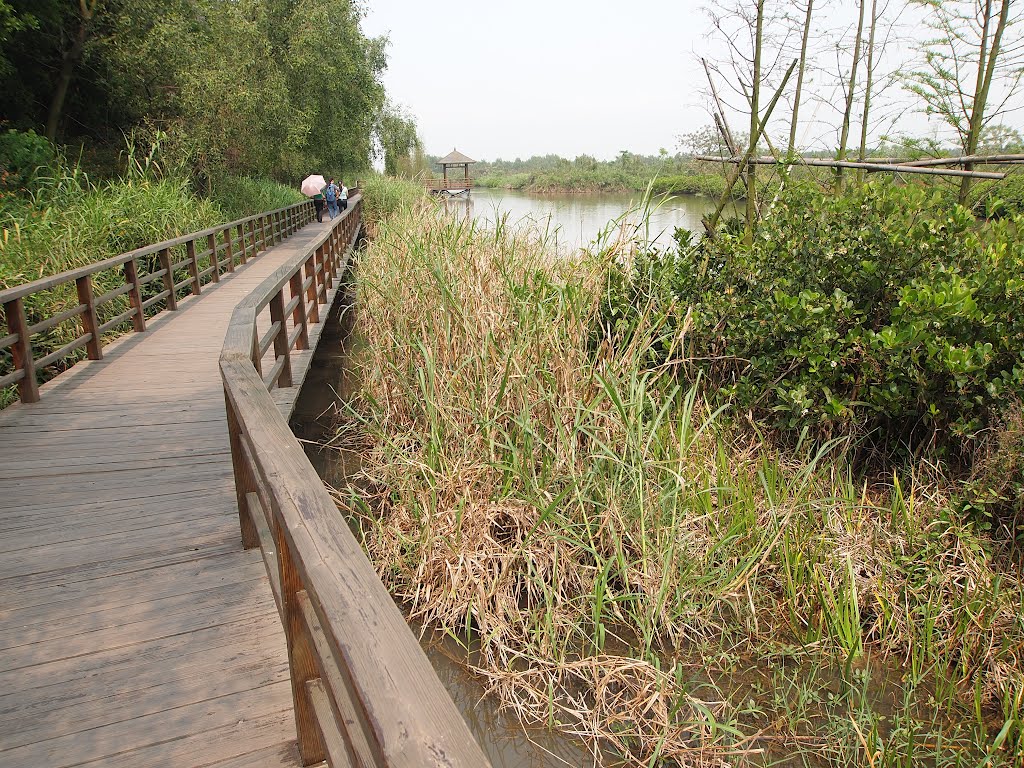
Jurisdictional wetland delineations are performed on a property to delineate which waters are Waters of the US and are therefore subject to CWA 404. Wetland delineation is an important process for environmental planning, resource management, and regulatory compliance. Most often, a preliminary jurisdictional delineation is submitted to the Army Corps by the permit applicant, which the Corps then verifies. The applicant can decide whether the would like a final approved delineation or would like to proceed with an applicant with only a verified preliminary delineation, which makes it for a shorter process.
Wetlands must have three specific criteria in order to be classified as a wetland:
- Hydric soils
- Hydrophytic vegetation
- Hydrology
During a wetland delineation, a project area is evaluated to determine whether wetlands with the three criteria are present.
Wetland delineation typically involves fieldwork, where a trained wetland professional visits the site to observe and document the vegetation, soils, hydrology, and other factors that indicate the presence or absence of a wetland. The information gathered during fieldwork is used to prepare a map that shows the boundary of the wetland and its extent.
S&ME Stream & Wetland Design & Mitigation Services
- 404/401 Permitting and Regulatory Compliance
- Hydrologic and Hydraulic Modeling
- Stream Restoration Design
- Mitigation Bank Establishment
- Permittee Responsible Mitigation Planning
- Wetland Delineation
- Geographic Information Systems
- Unmanned Aerial Systems Imagery
- Wetland Restoration Design
- Dam Removal Planning and Design
Project Highlights
Renewable Energy Sites
Multiple Sites in North Carolina & Virginia (10 – 3000+ Acres)
S&ME has served as the natural resource specialists for over 75 solar farm development projects ranging from 10 to 3000+ acres in size throughout North Carolina and Virginia. We performed jurisdictional delineations, riparian buffer evaluations, and other natural resource assessments, and obtained regulatory verification from state and federal agencies. Prepared and secured 401/404 permits from NCDWR and USACE where applicable. Completed protected species and cultural resources assessments
Cape Fear Public Utility Authority Projects
Wilmington, NC
Conducted USACE and CAMA jurisdictional delineations for various water and wastewater utility line projects and obtained regulatory verification from USACE, NCDWR and the NCDCM. Prepared and secured 404 Nationwide Permits and Section 10 permits from the USACE, 401 Water Quality Certifications from the NCDWR and CAMA General and Major Permits from the NCDCM. Secured easement from State Property Office and Council of State. Completed desktop protected species and cultural resources assessment with limited site reconnaissance and coordinated regulatory agency scoping activities.
Wake County Public School System
Multiple Sites in Wake County, North Carolina
S&ME has served as the natural resource specialists for over 75 existing and proposed school site development projects for the Wake County Public School System. Performed stream and wetland assessments, riparian buffer evaluations, and other natural resource assessments. Obtained regulatory verification from local, state, and federal agencies. Prepared and secured 401/404 permits from NCDWR and USACE where applicable.
Contact Us
 For more information, please contact Environmental Service Line Leader, Sam Watts.
For more information, please contact Environmental Service Line Leader, Sam Watts.

